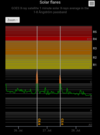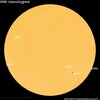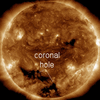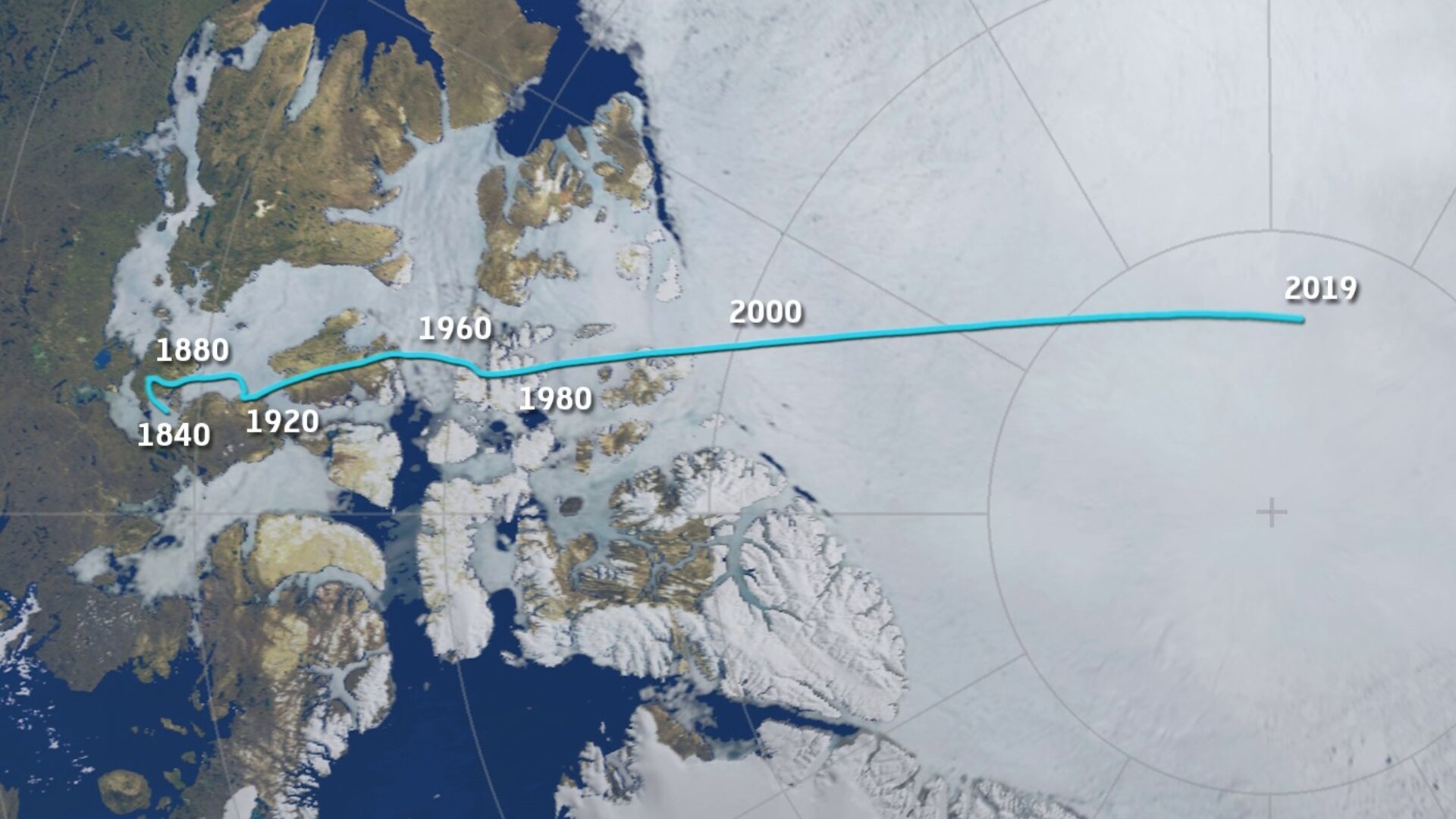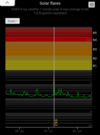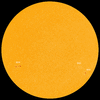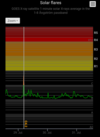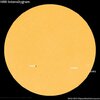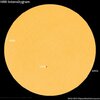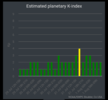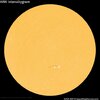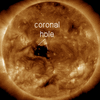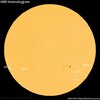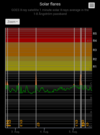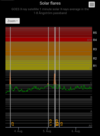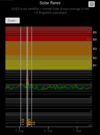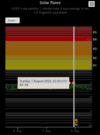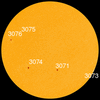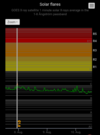SOLAR CYCLE ACTIVITY REPORT JULY 28
Solar activity has been at low levels for the past 24 hours. The largest solar event of the period was a C4 event observed at 18:54 UTC on July 27th on the southeast limb.
AR3059 is gone but 5 regions remain AR3062, AR3065, AR3066, AR3067 and a new region AR3068
AR3068 is a sunspot located on the southeast limb (S15E64) with size 40MH and a alfa magnetic field.
The total number of sunspots has decreased to 53 as we lose regions over the west limb. Plage AR3065 will be gone in the next few hours
▪︎Auroral Activity
The geomagnetic field has been at quiet levels for the past 24 hours. Solar wind speed reached a peak of 514 km/s at 21:31 UTC on July 27th
Current Conditions at 13:42 UTC July 28
▪︎Geospace quiet
▪︎Geomagnetic conditions now KP=1
▪︎Solar wind speed record: 395.3 km/sec
▪︎density: 7.93 protons/cm3
▪︎Neutron Counts today: 0.5% Elevated
▪︎Sunspot number: 53 (SN 78 Jul 27)
▪︎There are no significant coronal holes on the Earthside of the sun.
SpaceWeather.com
SpaceWeatherlive.com
Solar activity has been at low levels for the past 24 hours. The largest solar event of the period was a C4 event observed at 18:54 UTC on July 27th on the southeast limb.
QUIET SUN: Solar activity is low. Multiple sunspot groups have decayed since yesterday, leaving the sun with no explosive active regions. NOAA forecasters say there is no more than a 1% chance of strong solar flares on July 28th. SpaceWeather.com
AR3059 is gone but 5 regions remain AR3062, AR3065, AR3066, AR3067 and a new region AR3068
AR3068 is a sunspot located on the southeast limb (S15E64) with size 40MH and a alfa magnetic field.
The total number of sunspots has decreased to 53 as we lose regions over the west limb. Plage AR3065 will be gone in the next few hours
▪︎Auroral Activity
The geomagnetic field has been at quiet levels for the past 24 hours. Solar wind speed reached a peak of 514 km/s at 21:31 UTC on July 27th
Current Conditions at 13:42 UTC July 28
▪︎Geospace quiet
▪︎Geomagnetic conditions now KP=1
▪︎Solar wind speed record: 395.3 km/sec
▪︎density: 7.93 protons/cm3
▪︎Neutron Counts today: 0.5% Elevated
▪︎Sunspot number: 53 (SN 78 Jul 27)
▪︎There are no significant coronal holes on the Earthside of the sun.
SpaceWeather.com
SpaceWeatherlive.com

